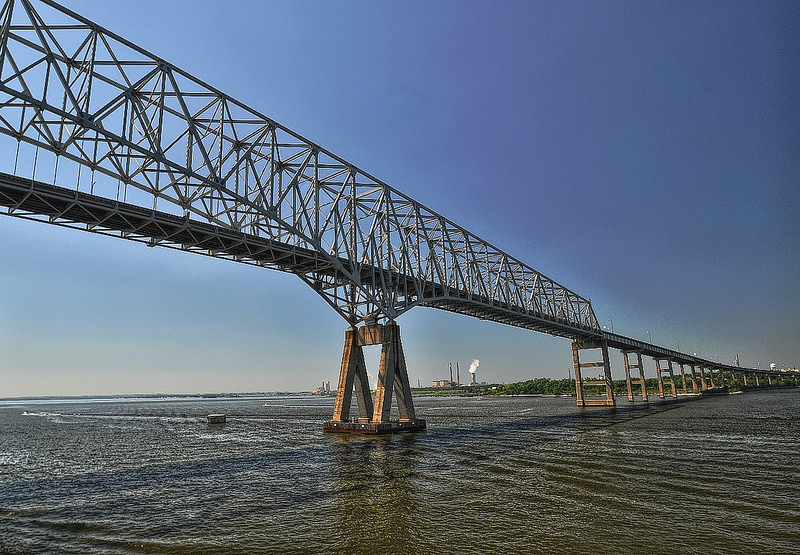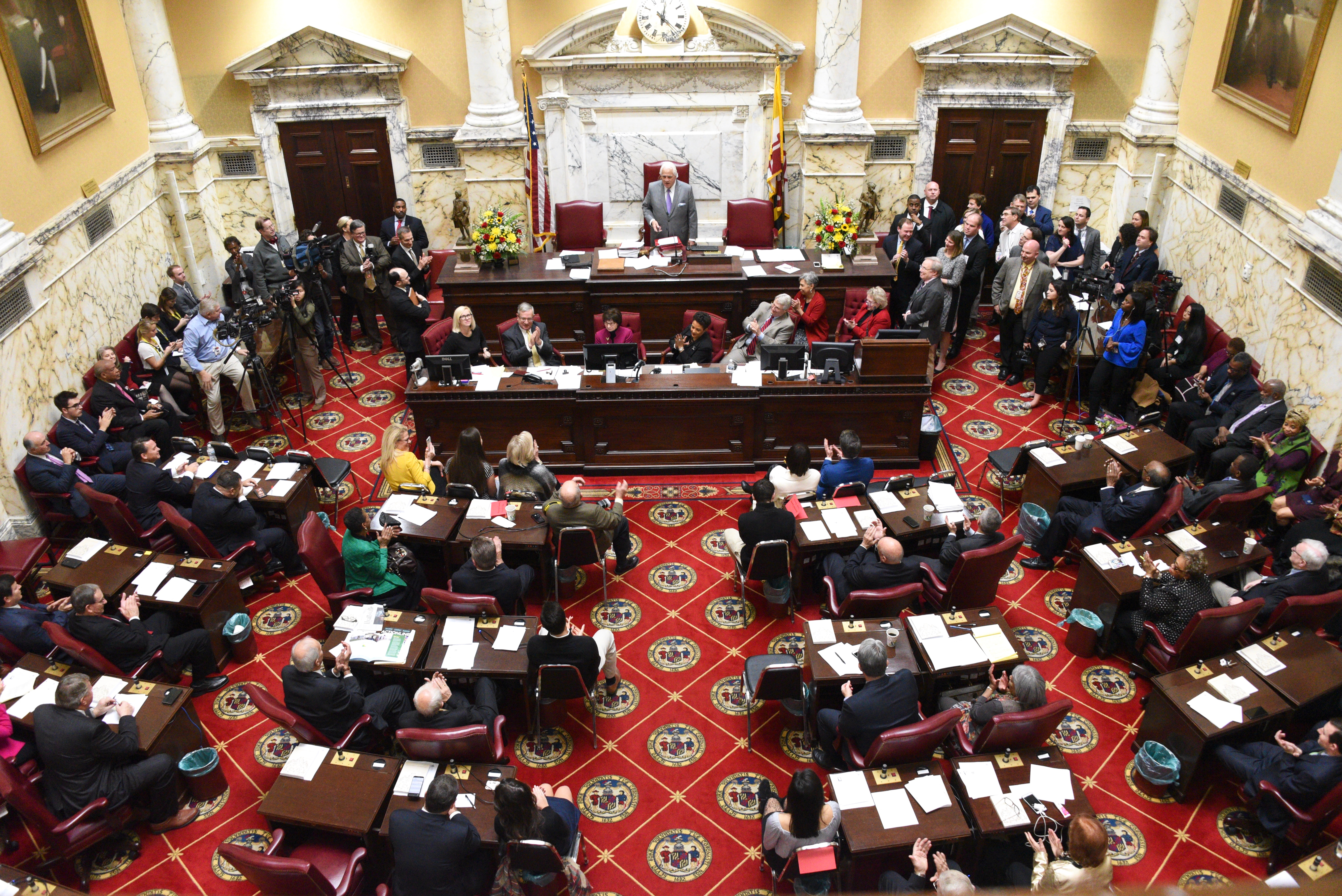By Barbara Pash
Barbara@MarylandReporter.com
Thanks to the intervention of the Maryland Department of Transportation, ground will be broken Thursday for the first building in the long-stalled $220 million Metro Centre at Owings Mills project.
A transit-oriented development at Baltimore County’s Owings Mills Metro station, the project has been in the works since 2000. Disputes over building logistics and price, as well as increases in construction costs delayed it for more than a decade.
With a population that is predicted to grow from its current 35,000 to 72,000 by 2020, the project is intended to be the “town center” the sprawling county suburb now lacks.
“It’s got the transportation. It’s got great anchors in the library and community college,” said state Sen. Bobby Zirkin, a Democrat who represents Owings Mills.
The first building will be a combination county public library and facility for the Community College of Baltimore County. Because those are both public uses, it is being called the “public building.”
“This definitely says we were always serious about this project,” said Transportation Secretary Beverley Swaim-Staley. “In these tough economic times, this is a sign that everyone is behind [the project] and it will move on.”
She added that the project is important to the governor.
10-year timeline
In 2000, the state and county committed $28.2 million — $15.1 from the state; $13.1 from the county – for planning and infrastructure for Owings Mills Metro Centre. In 2005, the Board of Public Works approved a 99-year lease agreement of the 47-acre site with the developer, Owings Mills Transit, a collaboration of Willard Hackerman’s Whiting-Turner contracting company and David S. Brown Enterprises. Metro Centre is planned for 34 acres on the site’s south side; the remaining land is for future development.
The project was designated a transit-oriented development, meaning it will feature mixed development close to the Metro station. Plans call for retail and office space, rental apartments, a 10-story hotel and parking garages. The public building, to be located on an existing metro parking lot, was slated to be built first, followed by the others. Private financing is expected to pay for most of the development, and construction is taking place in stages.
In anticipation of the lost parking slots, the developer built a free parking garage, which opened in 2007. Shortly after that, the developer and the county got into a dispute over the size and cost of the public building. The two parties reached a tentative agreement last year, but the only structure on the site so far is the parking garage.
Zirkin said the biggest factors slowing the project were the downturn in the economy and a hike in the cost of construction. But, he said, nobody forgot about it.
“The state and the developer understood how important this project was. It was a matter of working out the details,” Zirkin said.
Zirkin met with Swaim-Staley, who, he said, was as frustrated as he with the lack of progress. “She personally worked hard to get it back on track,” said Zirkin, who credits her involvement with jump-starting the project.
For her part, Swaim-Staley downplayed her role, crediting her staff, the county and the developer when communications “bogged down.”
“Issues came up, questions came up that may have placed the project in jeopardy. Everyone was given the information they needed,” Swaim-Staley said.
“Owings Mills deserves and finally is getting its own library and an expanded community college center,” Baltimore County Executive Kevin Kamenetz wrote in an e-mail. “This has taken longer than anyone would have wanted, but with a fresh design for a greener building we launch construction for the largest public library branch in Baltimore County and a center for CCBC, the largest community college in Maryland.”
$9.7 million from state, $20.3 million from county
The public building is estimated to cost $30 million — almost double the original price tag — for design, construction, furnishings and books. The state is contributing $9.7 million for the community college portion, and the county is funding the remaining $20.3 million.
CAMM Construction was chosen by competitive bidding to build the six-story, 120,000-square foot facility. The library will occupy the first two floors, and the community college will be on the fourth to six floors. The third floor will be a shared meeting and conference room space.
The building, scheduled to open in winter of 2013, will support 150 construction jobs.
The project will be built to a LEED Silver standard, for certification by the U. S. Green Building Council.
“The county is proactive about green energy-efficient standards, but there are no specific requirements” for LEED certification, said Ellen Kobler, a spokesperson for Baltimore County Executive Kevin Kamenetz.
County officials credit Del. Dan Morhaim, a Baltimore County Democrat, for advocating for the green building standard. “State policy is to build to high performance standards,” he said of a state law that new government buildings have a minimum rating of LEED Silver.







Recent Comments